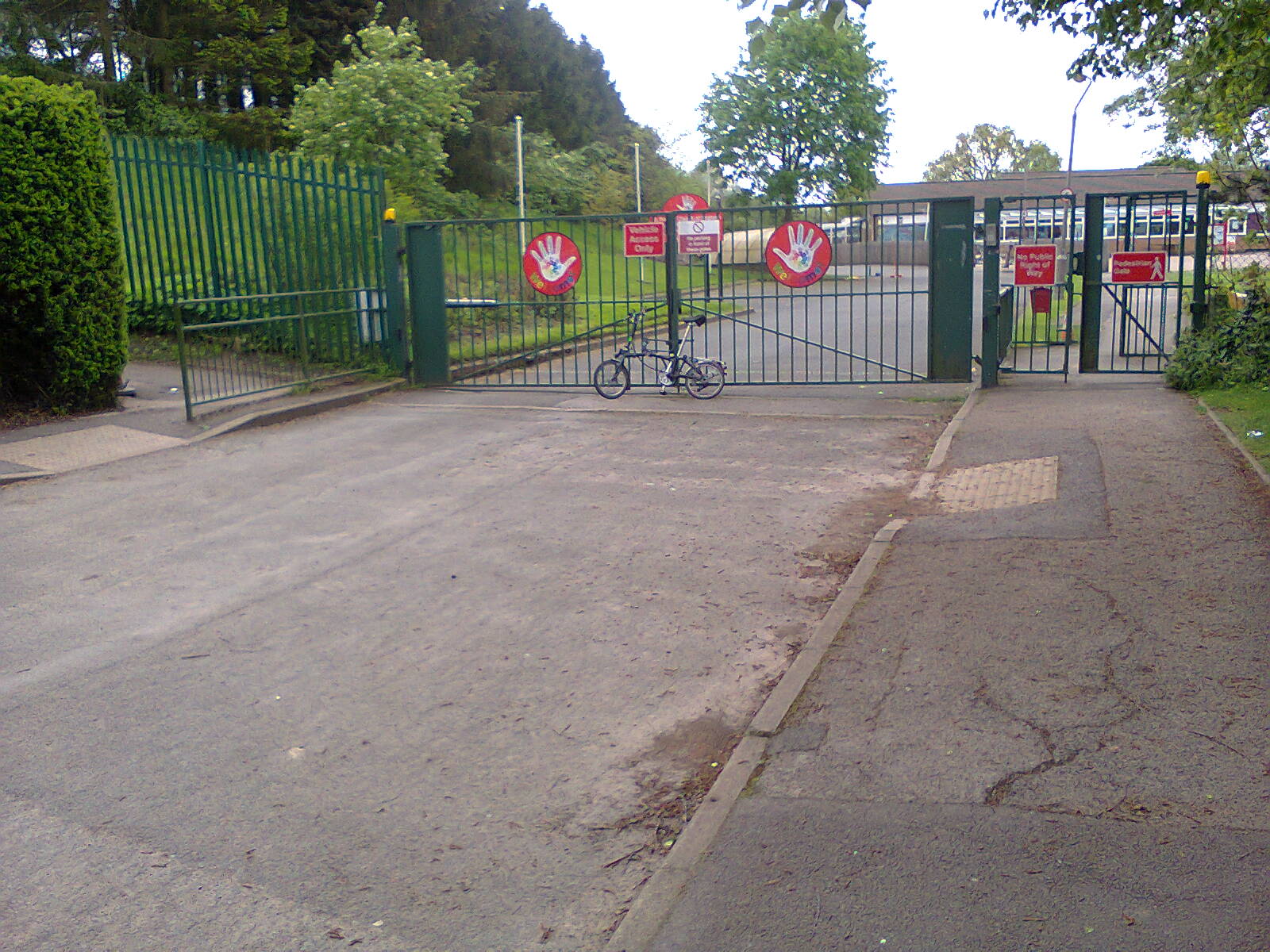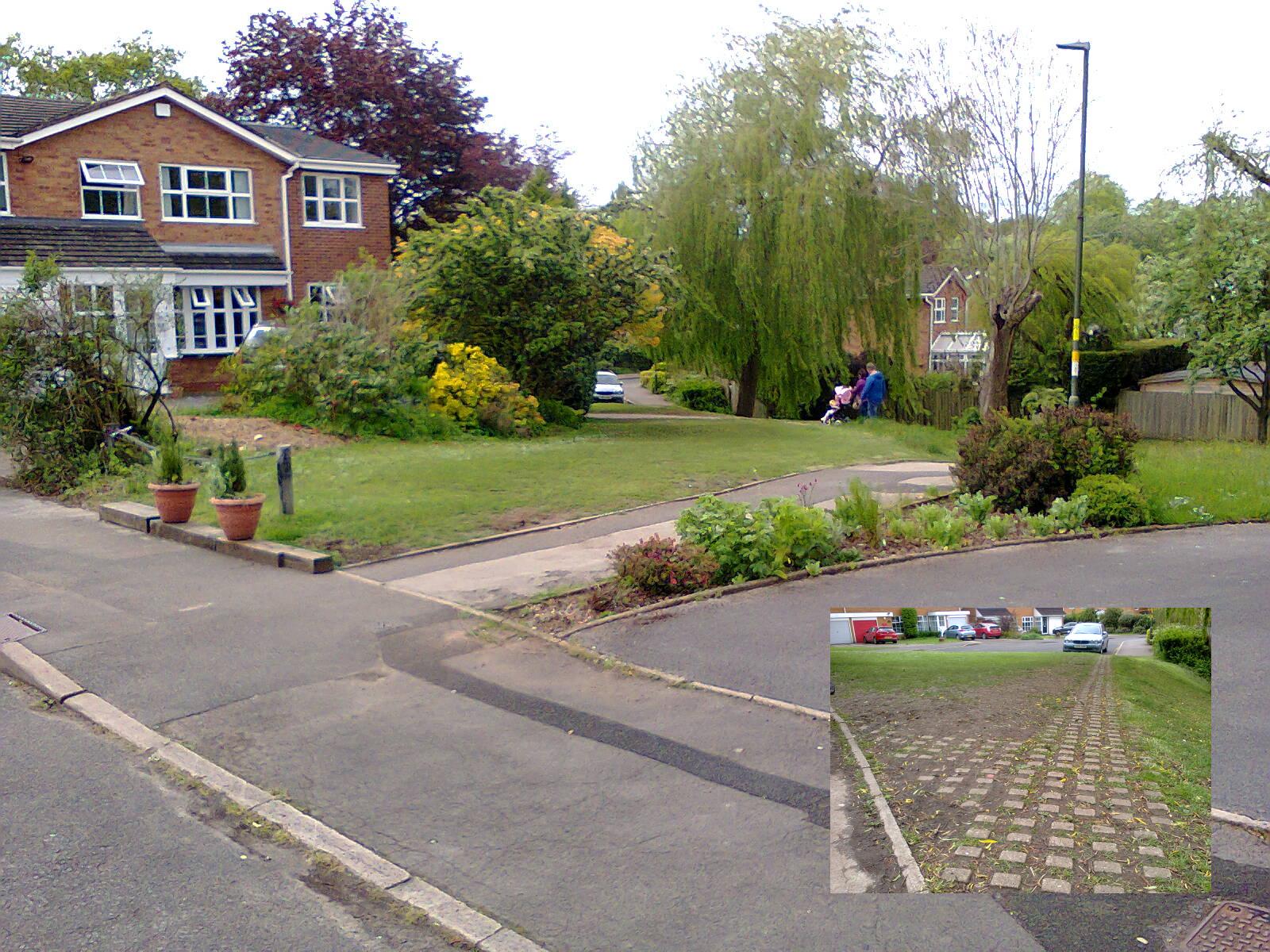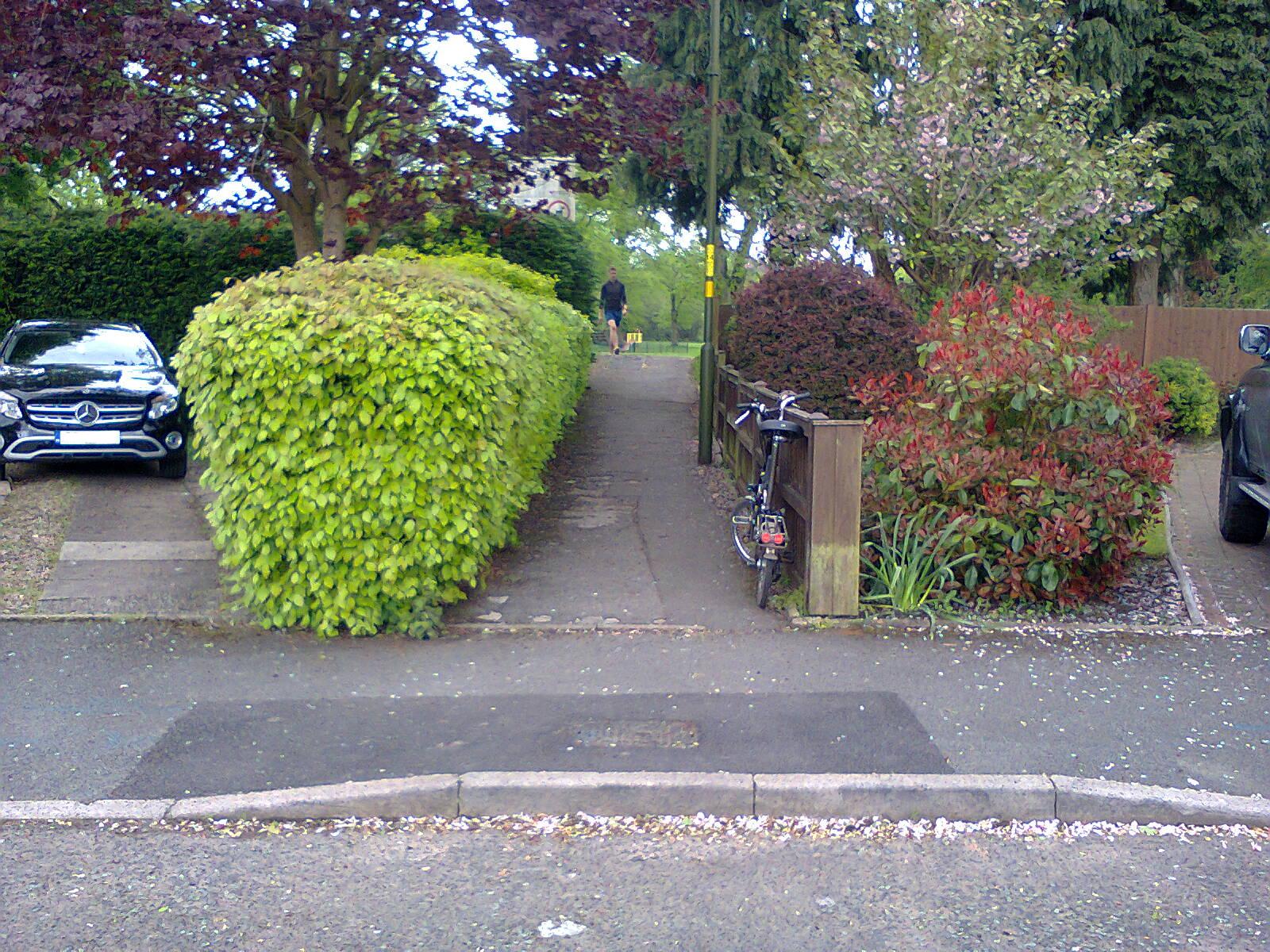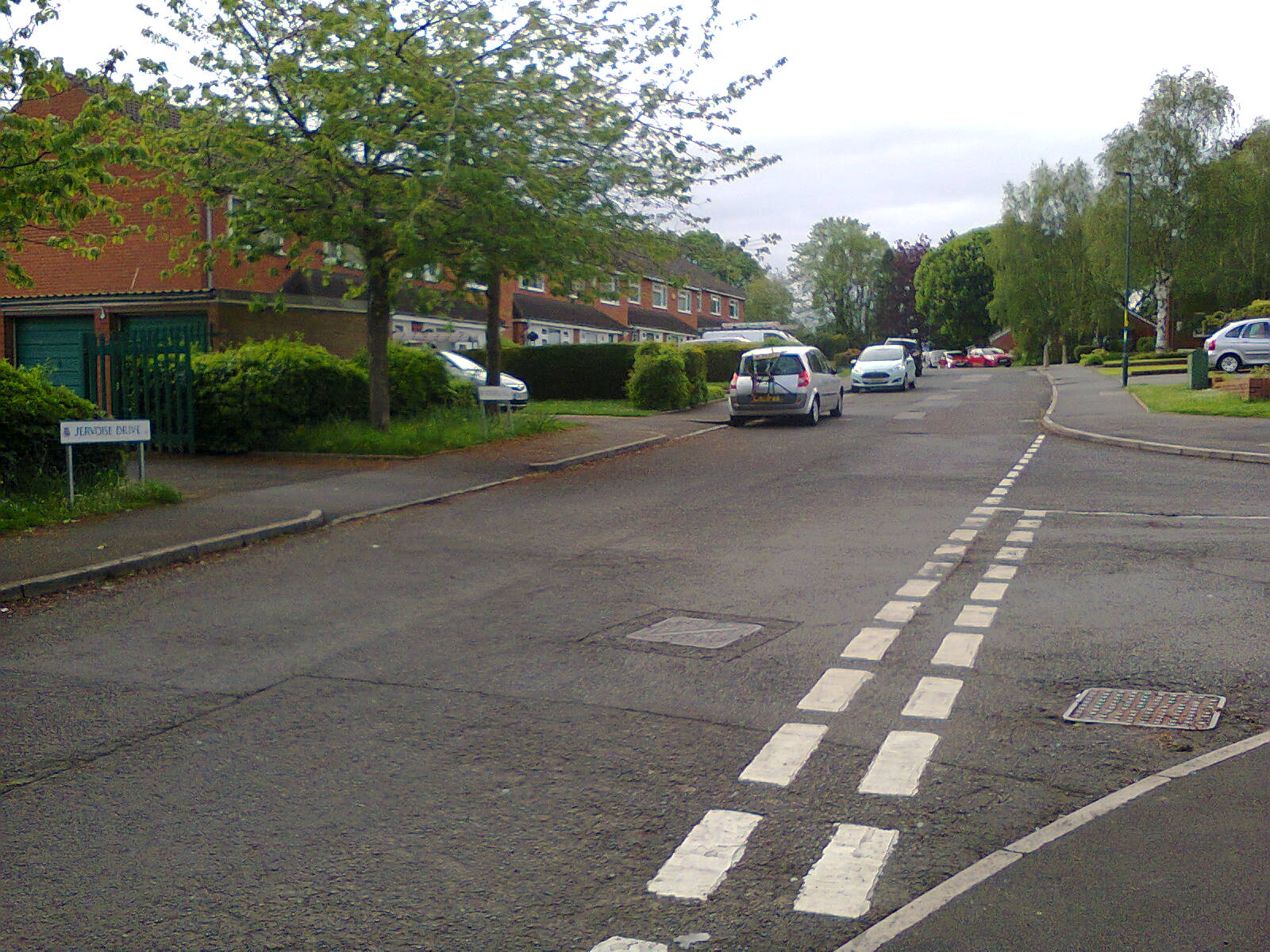
Franklin Road has been closed off to motor traffic at one end (pictured) to create a low traffic neighbourhood (LTN). It is one of a number of LTN schemes implemented in the last year in Birmingham. There has been a foul backlash against LTNs, including death threats, and local MP Stephen McCabe has called for them to be suspended in the Brandwood part of his constuency. Yet the LTN in Walthamstow has been highly praised, and LTNs are the norm in the Netherlands and Germany. There it is standard practice to build new neighbourhoods as LTNs, and many existing neighbourhoods have been modified to be LTNs like the city council has done on a tiny scale in Birmingham. So why the backlash? Are LTNs intrinsically against the nature of Brummies? They have in fact been around a long time in Birmingham, and opposition to change is not just a British thing. The real difference is that those places that made a success out of LTNs had leaders who acted out of knowledge and led their community to better things, which those communities now greatly appreciate. Populist actions might offer short-term gains, but ultimately they self-destruct as a result of all the self-contradictions. Stephen McCabe's own survey that led him to call for the suspension of LTNs in Brandwood also told him that "81% thought we should be trying to make walking and cycling in the constituency safer". That wont happen by magic. It requires engineering, change, and leadership. LTNs are a proven technique.
Below is a photographic tour of some of the LTNs in Bournville, old and new. The photos are all from Bournville because I've lived there for twenty years, in a low traffic neighbourhood. Contrary to the idea that you cannot drive to and from your house, as claimed by the BBC on more than one occasion, I have a car, it's parked right outside my house, and I have no difficulty getting it there; the idea promoted by the BBC is simply false. An LTN is simply a collection of roads that are closed to through motor traffic using filtered permeability that allows people to walk and cycle directly between those roads. The LTN where I live is in fact part of a network of LTNs that mean I also have quiet cycling and walking options available to me, and I make full use of them, as do others. I regularly see people walking and cycling past my house. I've documented just a few of the LTNs on the Bournville estate, but there are others, including one I wrote about previously. Bournville was built by the Cadbury brothers, who were keen "cyclers" (to use the term they would have used). At a time when motor vehicles were rare, they wanted Bournville built as a walking village, with direct footpaths for those on foot, and rather less direct roads. In creating a quiet neighbourhood for all (Bournville has always been a mix of private, rented, and social housing), the Cadburys intentionally created a desirable place to live (many Push Bikes members live here). They were, as in other areas of human activity, a century ahead of their time. Yet many people are still arguing against their proven ideas.
One of the criticisms of the Kings Heath LTN has been that it is creating huge amounts of traffic on main roads. Leaving aside that motor traffic should be on main roads engineered to carry high traffic loads rather than rat-running through narrow residential streets, past experience of LTNs tells us that the effect is only temporary. As people get used to the new arrangement and change their approach (such as by cycling and walking rather than driving), motor traffic on roads around the edge of the LTN stabilises at around the level it was before, whilst overall motor traffic levels go down. Those who live in Bournville will know that the distributor roads are no more jammed with cars than in any other part of the city. The A4040 passes through both Bournville and Kings Heath, and in both areas it has long been a busy road. It's worth adding that in the case of Kings Heath, the traffic increase has been magnified by a return from lock-down and a fault with the traffic lights at the Red Lion junction.
So now it's time for you to hop on your virtual bike and let me lead you through the LTN's of Bournville.
Franklin Road

Lake View Close

Heath Road

St Francis School, Teazel Avenue

Teazel Avenue - Berberry Close Emergency Access Track

Gallows Brook Path

Bournville Lane from Gallows Brook Path

Oak Tree Lane LTN by Bournville Park

Woodbrooke Road

Sellywood Road Path

Filtered Permeability on to Sellywood Road

Sellywood Road

Charfield Close Junction

Charfield Close LTN

Charfield Close Filtered Permeability

Old Barn Road

Berberry Close

Filtered Permeability on Berberry Close

Jervoise Drive

Path Between Jervoise Drive and Wynds Point

Wynds Point

Path Between Jervoise Drive and St Joseph's Avenue

St Joseph's Avenue

Garland Way
Bournville LTN Tour



